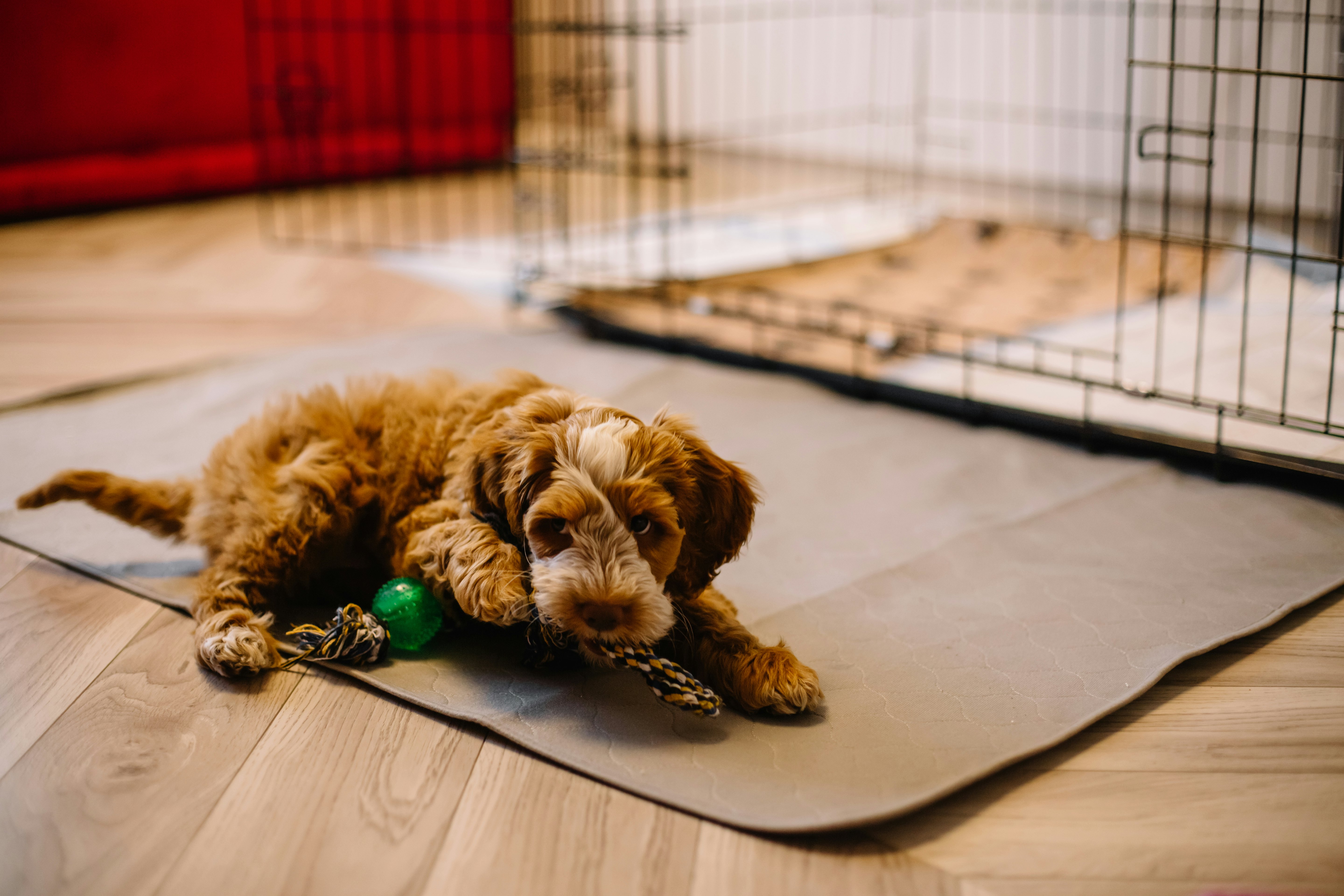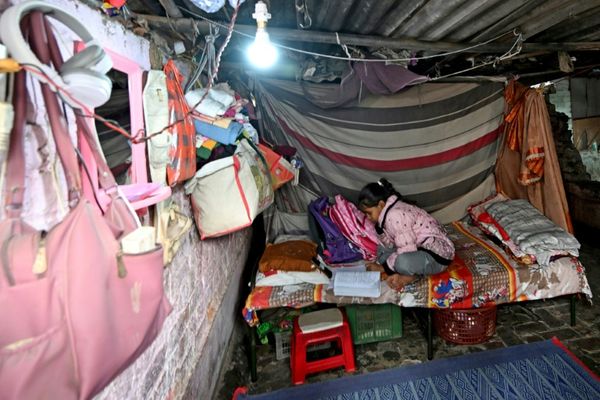
If you have a dog, you probably also have a crate. Some pet owners see crates as crucial as food and water. But according to veterinarians, that’s not always the case — and there is a right way to use a crate.
The right way to use a dog crate
One myth Carlo Siracusa, a veterinarian and animal behavior expert at the University of Pennsylvania School of Veterinary Medicine, often likes to debunk is that dogs enjoy crates because they create a den-like atmosphere. “A big misconception is that dogs do have some innate attraction to the crate as a safe place, which is not true,” he says. The notion that they have an innate attraction, based on the fact that they evolved from wild dogs and wolves, isn’t sound. In fact, comparing present-day domesticated dogs with their wild ancestors predicates this behavior on myth.
Psychological research shows that dogs can’t understand the link between their behavior and a negative intervention. This makes it nearly impossible to make the crate into a safe space if humans also use it as a form of punishment.
“There are many layers of incorrect information here,” he says. “One is that the dog is able to make the connection that ‘I'm being put in the crate because I'm a bad boy.’” In nature, wild dogs and wolves aren’t locked into their dens, notes Siracusa. The ability to enter and leave the den at will also separates the wild counterparts from dogs in a locking crate.
How to turn a crate into a safe place
To create positive associations with a crate, Siracusa suggests making it into an inviting locale. Put a blanket and water inside, and leave the door open so your dog can explore freely. If your dog likes its crate, it might retreat there during moments of stress, like if there’s a chaotic toddler running wild or a thunderstorm in process.
He also emphasizes that the crate’s location must strike a balance between a part of and apart from the action. “Dogs like to be where the action is,” he says. “They like to still be able to see what is happening around who is coming in and out.” An isolated corner of a home removed from all the comings and goings isn’t ideal, and neither is the center of the busiest spot. Siracusa says that the far corner of a communal space like the living room or kitchen is a happy medium because the dog can observe everyone from a separate lookout.
Most importantly, pet owners should understand their dogs as individuals, and know what works for them and what doesn’t. A crate might not be crucial, but some dog owners might find it useful — as long as they work with their dog to strike the right balance.







